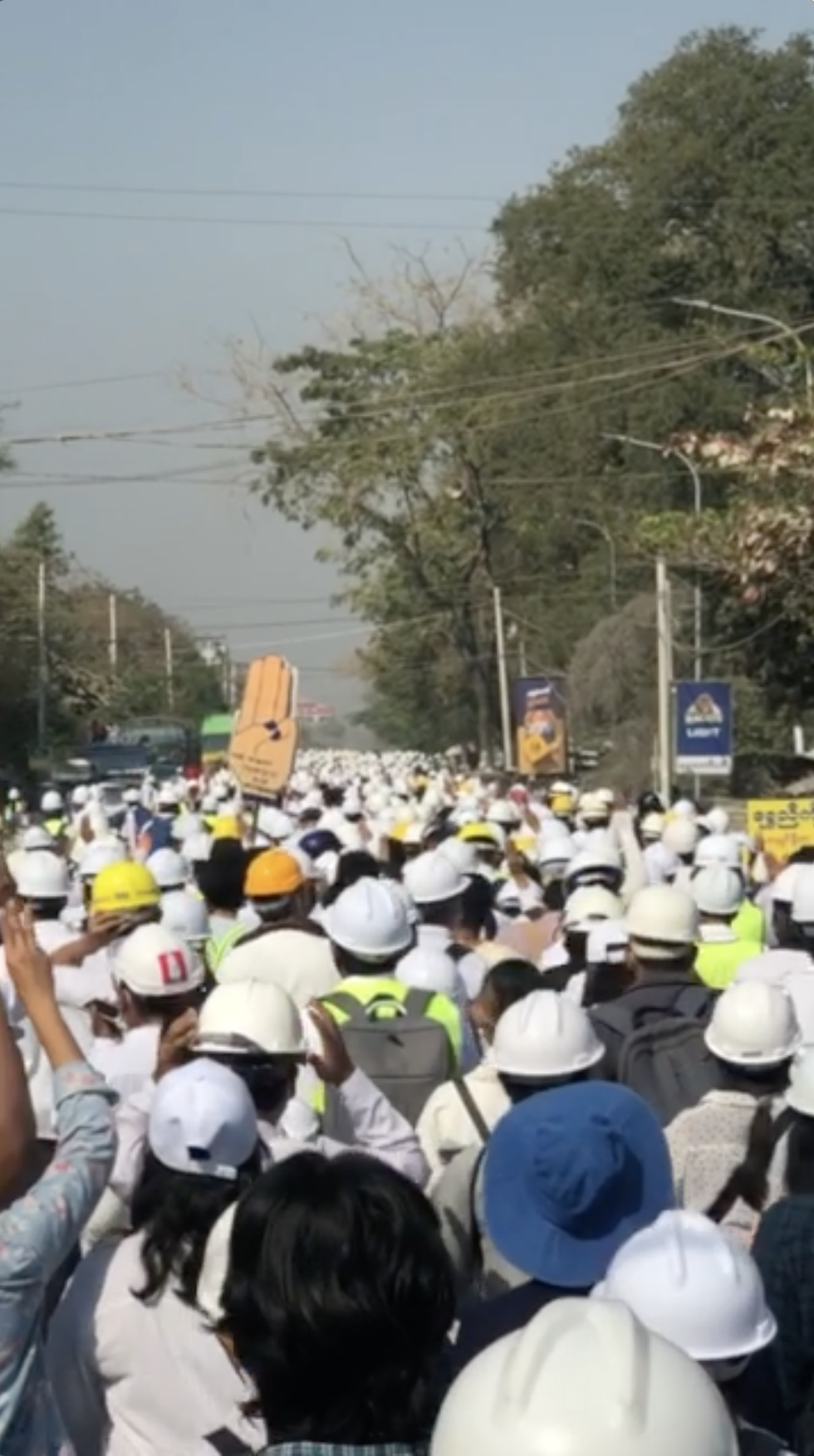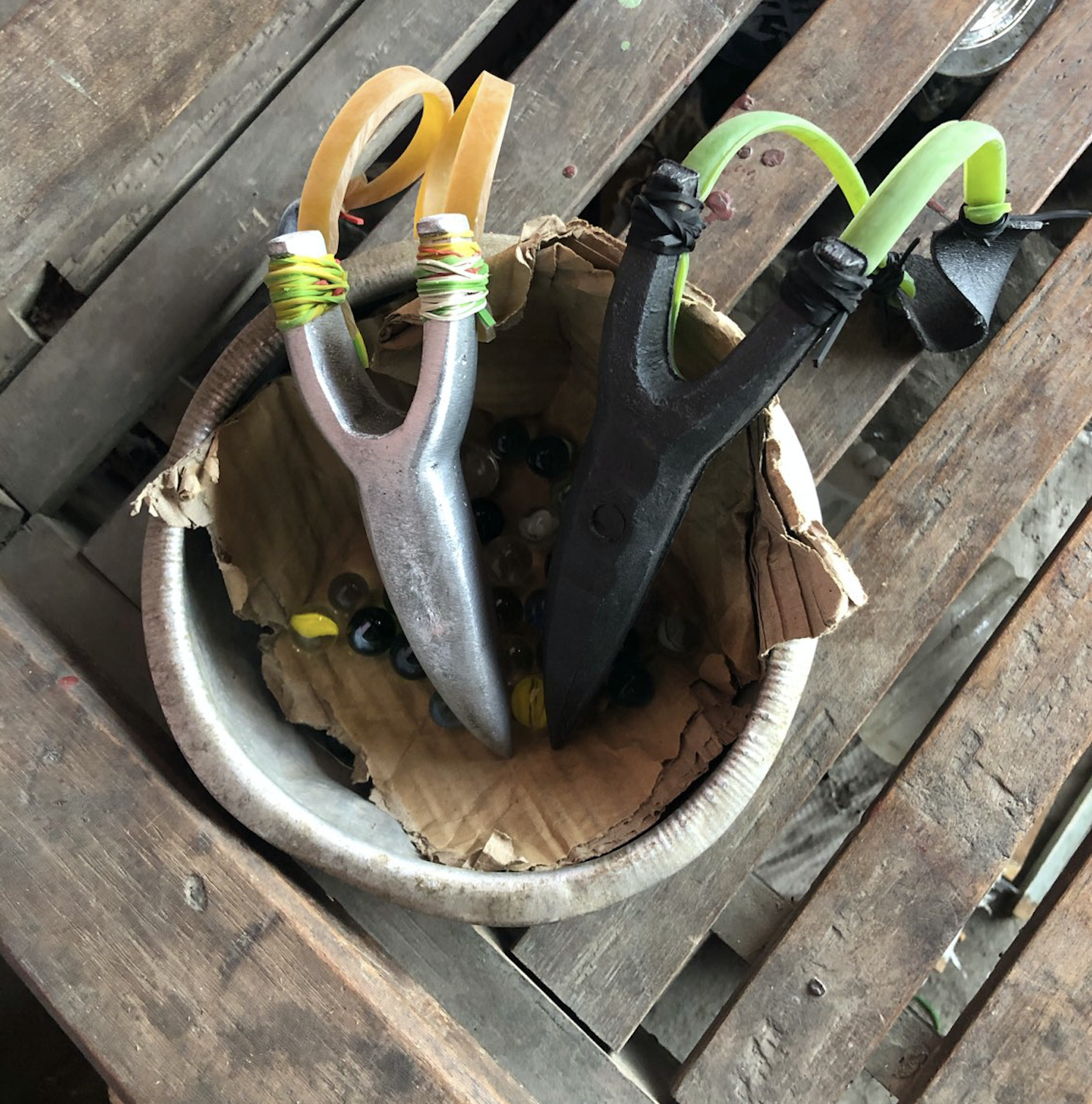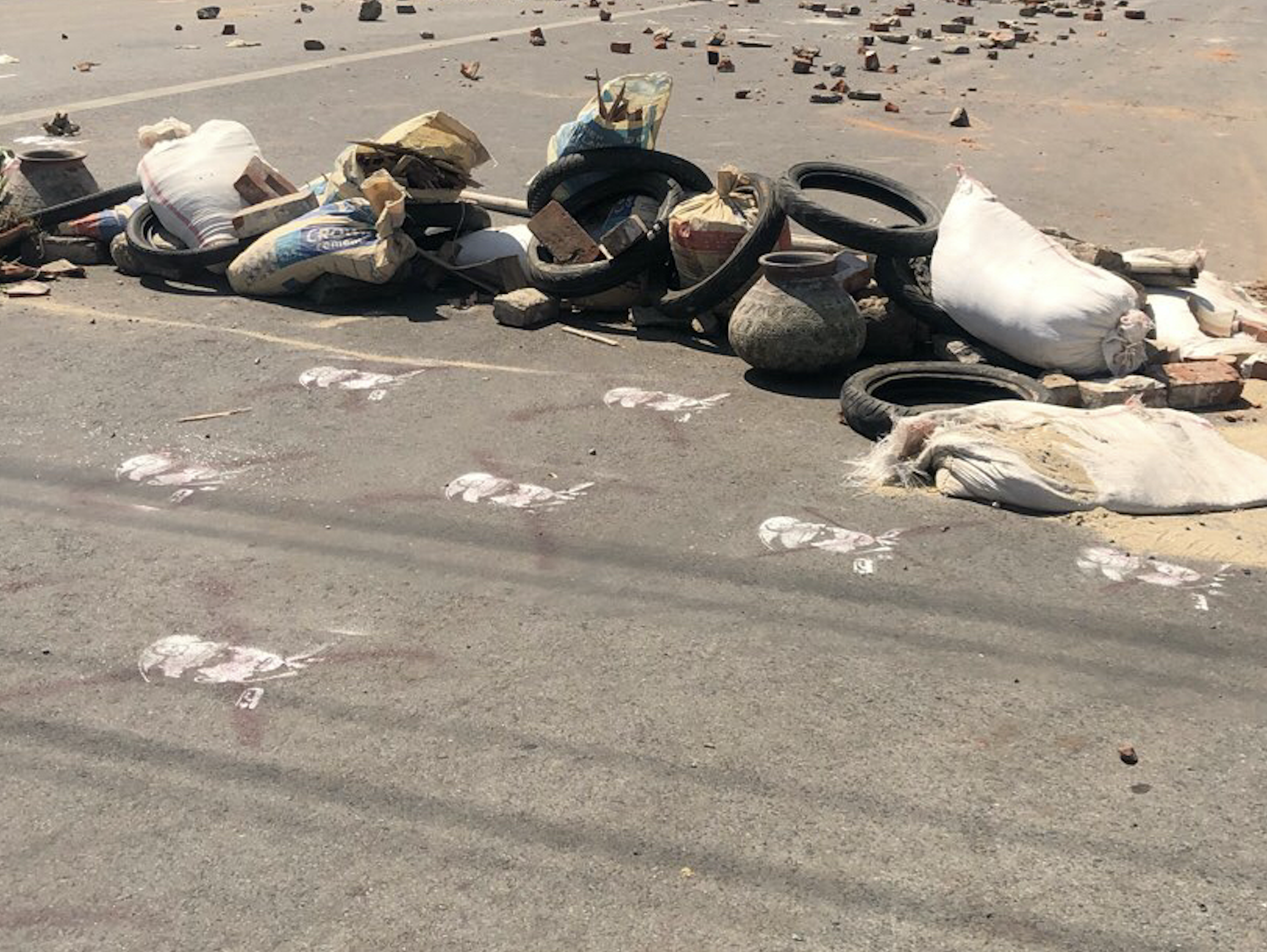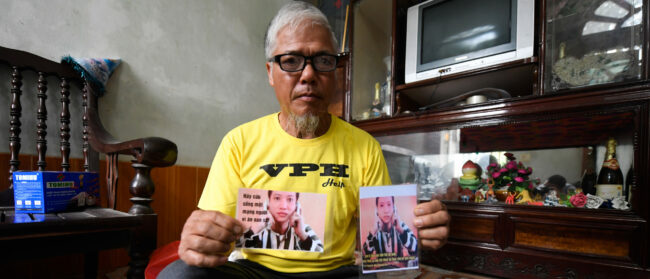This past weekend, citizens in Myanmar once again protested the overthrow of the country’s democratically-elected government on February 1. In Mandalay, protests were staged at two separate locations on March 5, organised by informal networks of self-identified engineers. They marched several city blocks until dispersing out of fear that armed forces were on the way to confront them.
Among them was a late-twenties college graduate named Thet (not his real name). Throughout the day on Friday, the Globe communicated with Thet, exchanging messages, video clips and voice calls about his experiences during the anti-coup protests.
Although his brother woke him up at 7am, Thet lounged in bed for another 10 minutes before finally getting up.
He looked in the mirror and saw a youthful face. Like 56% of all Myanmarese, Thet is under thirty years of age. As young people around the world, Thet wanted to check his phone for messages on Facebook. However, the internet was down.
According to privately-owned NetBlocks, March 5 was the 19th consecutive day that the internet in Myanmar had been shut off at night. Since the coup, coup armed forces have been regularly disrupting the network.
Out of bed, Thet slipped into the same khaki-coloured pants he had on the night before. Then he washed up and grabbed his backpack. Inside was his “uniform” a long-sleeve white shirt as well as a mask, a white construction hat, a few bottles of water, some cash and a power bank to recharge his phone if needed.
Thet and his brother found out about the protest the day before, on March 4, via a “secret chat group”, as Thet described. Without an internet connection, however, they couldn’t be certain the protest was still on. Thet and his brother drove to the designated meeting point anyway, a neighbourhood of mostly low- and middle- income families on the north side of Mandalay.
Despite the armed forces efforts, it’s easier for protesters to mobilise than it was in 2007, the last time Myanmar saw large-scale protests. That’s helped by the fact that there are now more smartphones per person in Myanmar than in the US.

Driving through Mandalay’s almost deserted streets, Thet’s phone began to ping around 8:30am. The internet was back up. New messages flooded in. The march was confirmed.
By 9:20am thousands of protesters had stealthily come together. Thet stood at the intersection of 46th and 118th streets under a clear blue sky towards the back of the crowd. Protesters filled several city blocks. A few orderlies with walkie-talkies watched at the edges.
Thet would have preferred to be typing on his new MacBook Pro, but the armed forces’ willingness to again isolate Myanmar from the rest of the world, as it did during decades of junta rule, poses an imminent danger to his future plans. He has a scholarship waiting for him abroad, but now it’s unclear if and when he will even be able to leave the country. Protesting gives him a feeling of agency over his destiny.
It’s completely different on the days that I don’t go for protest. Then I feel depressed and sad because all I see [online] are protests being cracked down
He made small talk with the other men and women around him – all strangers who wore white shirts and construction hats. One female protester in front of Thet had her hair fixed in a ponytail with a pink hair tie. A couple of protesters to his side flashed the three-fingered salute, now commonly seen across Southeast Asia as a sign of anti-government defiance.
“Most importantly it’s about mental strength you know? Being around thousands of people who are going for the same goals,” Thet said of his motivations for being at the protest. “It’s completely different on the days that I don’t go for protest. Then I feel depressed and sad because all I see [online] are protests being cracked down.”
As Thet and the other protesters began walking, news broke online that YouTube had taken down five media channels controlled by the armed forces. In a similar move on February 24, Facebook banned Myanmar’s military from Facebook as well as Instagram. The armed forces had used these services to spread disinformation, even before the coup.

At the protest, a voice screamed out over a loudspeaker: “Release the detainees!” Thet and the crowd yelled back in unison. “Release them right now.”
“We have really long chants. I think there are at least 12 verses. The whole country knows them by heart,” Thet said. At the first engineering protest he attended, volunteers passed out pamphlets with the chants printed on them.
The crowd continued their call and response, marching westward 10 city blocks for about 20 minutes. “What is the teaching of our country’s founder?” asked the loudspeaker voice. The crowd roared back, “Not to kill our own people.”
The protesters weren’t alone. Local residents passed out water bottles and snacks. “They chanted for us,” Thet reported. “We felt like we were warriors for them”.
Suddenly people in the crowd started to run in all directions. One of the orderlies had announced over a loudspeaker that the armed forces were coming. ”When that happened I also started to run,” Thet said. “It was quite a terrifying moment.”

In the brief chaos that followed, he temporarily lost sight of his brother, but as the protest leadership reassured the crowd, they found each other again. Protesters had plenty of time to get away. They stopped running, reformed and walked calmly but as quickly as they could to their motorbikes.
According to Thet, the engineering network has scouts all over the city. They’re connected all the time and “have information about where the military has their bases”.
“The scouts wait around those areas and when the [military’s] cars come out, the scouts follow them from afar,” Thet said. This is how news of the approaching armed forces had been disseminated.
Local residents often also signal protesters if they see armed forces approaching. At the other protest that morning in Mandalay, a 27-year-old furniture maker, Zaw Myo, was reported to have been seen waving a flag to warn of passing armed troops. He was shot in the throat and died.
As of writing, the UN estimates that 50 “innocent and peaceful” protesters have been killed since the coup began. 1,700 people have been “arbitrarily arrested and detained in relation to their participation” in the protests.
Back home, Thet’s relieved mother served a traditional curry lunch. Later that afternoon, Thet worked on his computer with other online volunteers to publish a protest newsletter. He used to work teaching students online, but stopped the day of the coup. Now, he’s living from his savings. “It’s something like hell,” he said, describing daily life.
Thet stayed up late into the night, doing night watch together with 12 other locals in his “grassroots” neighbourhood. They’re only armed with only a slingshot and marbles. Around 1am the internet went down again.
Thet and the other protesters didn’t topple the coup forces on March 5. They didn’t even try to directly confront them. Thet says, “we feel like we did something for our country and for the future.”


